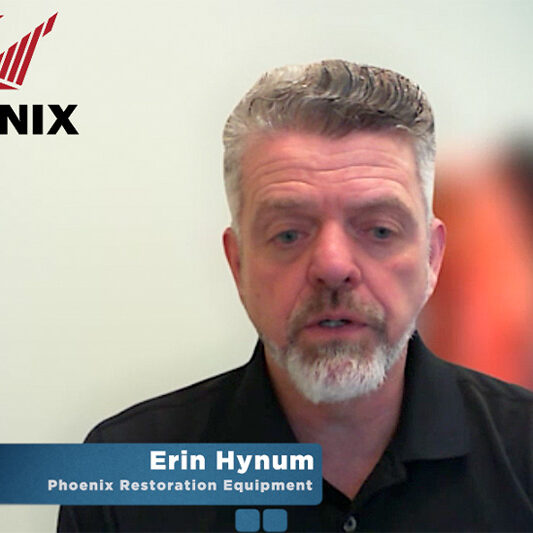Bad Employees or Poor Leadership? Uncovering the Root of Organizational Decline

It can happen to any organization: performance lags, cash flow slows, reviews turn negative, and when you look around, no single issue stands out as the culprit—everything feels off—not by miles, but enough to hurt the organization and its profits. As you sit at your desk or walk through your facility, a question nags at you: “Is it the employees, or is it their leader?”
You’re in a tricky spot. The team seems to adore their boss, who has a handle on every department. Questioning the team about specific concerns risks planting seeds of doubt about the leader’s competence. Meanwhile, when you ask the boss, you get vague responses—understaffing, tight budgets, or clunky systems. Sound familiar?
Having seen this pattern across multiple businesses, I’ve learned that the only way to pinpoint what’s draining an organization is to immerse yourself in it—not from the executive suite, but on the front lines. Spend a few days with employees at every level. Don’t just observe—roll up your sleeves, wear your work pants, and do the job alongside them.
Come prepared with an agenda. Know what you need to uncover and arm yourself with targeted questions.
Assessing Employee Clarity and Training
Start with the basics: Do your entry-level team members know what’s expected of them? You’ll see it in how they work. If they’re efficient, can train you on their tasks, and explain why they do things a certain way, they’re clear on their roles. But it’s time to dig deeper if they seem scattered, lack explanations, or perform tasks sloppily—like a toddler took a stab at it. Ask questions about the task, their training, and their thoughts while steering clear of anything that points fingers at management. Try these:
1. “I’ve never seen it done that way before. How did you learn that?”
2. “It’s been a while since I worked the field/register. Why do we do it this way?” (Using “we” instead of “you” eases the pressure.)
3. “If you were training new hires, what would you implement or change?”
Enthusiastic, forward-thinking answers suggest gaps in training—a management issue that’s fixable with effort. Half-baked responses or mumbled half-thoughts? That’s a sign of an employee mentality problem.
Decoding Company Culture
Next, examine company culture—the personality of your organization. Do your employees share your vision for the business, and does it show in their daily actions? Watch how they tackle their tasks. Are they purposeful and intentional, or do they cherry-pick the easy jobs, leaving the heavy lifting to others? If customer service is a core value, how do they enhance the client experience?
Working side-by-side reveals subtle cues. Are customers greeted warmly, with sincerity and energy, or with a monotone, box-checking script? If the latter, it’s a personal issue—they know what to do but lack passion.
Then, listen to how employees talk. Phrases like, “We always try to help the customer understand ___,” signal engaged team members invested in the company’s success. But if you hear, “I’ve been told you want this done,” or “Mr. Manager says ___ is important to you,” it points to a manager fostering an “us vs. them” divide—workers vs. owners. This mindset often creeps in unintentionally and can be coached out, but the manager must recognize it and embrace a unified team approach.
If this rings true in your organization, meet with the manager. Emphasize their power lies in communicating the organization’s needs and leading by example. Saying, “The boss lady said it has to be done this way,” reveals: 1) they don’t grasp why the process exists, 2) they’re not bought in, and 3) they’re just a messenger, not a decision-maker. After a few coaching sessions, if there’s no progress, they should invest in self-development—perhaps by reading The 7 Habits of Highly Effective People—and revisit the issue. A full-team mindset should be non-negotiable.
Spotting Patterns Across the Organization
As you move between departments or locations, ask: Are the same problems everywhere? Unkempt appearances, disregard for rules, or a lack of respect among team members signal poor leadership. If you mostly see engaged employees—curious, asking questions—with just a few bad apples, it’s a personnel issue. These underperformers must be coached up or coached out and fast. Don’t let them erode what you’re building. Partner with the manager, sit down with these employees and set clear expectations. Confirm they’ve been trained to succeed, then set a short timeline for improvement—two weeks max. Attitude and effort can shift instantly; don’t give them longer.
Boosting Profitability
Once you’ve assessed daily operations and culture, turn to the numbers. Here are quick checks to increase profitability:
1. What’s the minimum number of payroll hours (per position or location)? Are you over? If so, what can you adjust to reduce hours?
2. Are there services eating up time without profit?
3. What offerings could you add without increasing overhead? What’s the initial investment, and how long until it pays off?
Building Success from the Ground Up
A thriving company starts with a strong team and is cemented by excellent service with healthy margins. By embedding yourself in the trenches, you’ll uncover whether the root of your struggles lies with employees, leadership, or both—and where to invest for improvement. The answers are there, waiting for you to find them.












